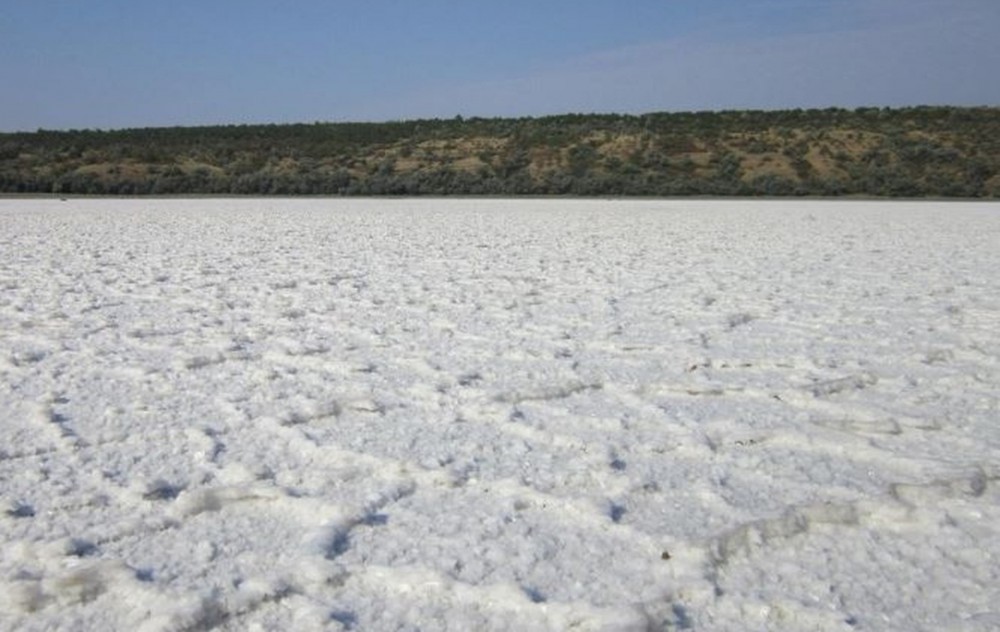
Based on statistical material and analysis of the Russian Empire legislation, the process of formation and development of salt-work facilities at the saline estuaries of Odesa county is highlighted, and the specifics of economic changes in the life of the county and its inhabitants as the result of their exploitation is shown in the paper. Changes that the county’s salt extraction had undergone in the context of the transformation of the imperial legislation concerning the salt production on its territory are considered. Works of scholars devoted to the studied issue are analyzed, and an attempt is made to shed light on new facts of the history of Odesa county estuaries through the analysis of the historical development of the salt-work facilities that existed at them. The specific features of each of the studied salt-works development are analyzed in the paper. The specifics of the social and economic impact of salt-work facilities on the development of neighboring settlements and the formation of industrial and infrastructural spheres are studied. The process of transition from the collection of self-settling salt, which independently settled on the banks of estuaries, to the formation of sedimentation basins system to regulate the process of salt settling, is highlighted. Particular attention is paid to the role of the legal collision that arose during the land surveying of the county lands and allowed landlady Luzanova to start collecting salt in the 20s of the 19th century, and after the final solving the issue, to start, regulated by the government, collecting of salt by landlords on their own lands, which included estuaries within the boundaries of the county. The development of the self-settling salt basins system at Kuialnyk estuary and their gradual shift to the southern part of the reservoir are highlighted. Level of introduction of new technologies and the specifics of the organization of Kuialnyk-Khadzhybei and Tuzla salt-work facilities are analyzed. The difference in the organization of the brine flow to the sedimentary basins and the specifics of working with it, as well as the specifics of technical support of salt-work facilities, are shown. Attention is focused on the interest of big capitals in the development of salt-work facilities on the example of Brodskyi family merchants and the development of Tuzla drought. The peculiarities of the work process and the wages at the salt-work facilities in the late 19th and early 20th century are analyzed. Positive and negative sides of active exploitation of salt-work facilities in the county are identified, and the impact of owners and tenants of salt-work facilities on the infrastructure of some settlements in the county is outlined.
Source: Drobnyi V. (2021). Salt-Work Facilities in Odesa County of Kherson Province in 19th – early 20th Century. Eminak: Scientific Quarterly Journal. 4(36): 72-85
Source web-site: https://eminak.net.ua/index.php/eminak/article/view/557/374
Number of views: 1307